In the wake of nuclear war, Earth’s skies could darken with sunlight-blocking soot, plunging temperatures and triggering catastrophic global food shortages. Crops on land would wither without sunlight, threatening mass starvation across continents. Yet, hope may float just below the ocean’s surface. Recent scientific breakthroughs suggest that seaweed farming could offer a resilient, rapidly deployable food source even as land-based agriculture fails. Seaweed’s ability to thrive in low-light, cold-water conditions makes it a powerful candidate for sustaining humanity after such a crisis.
1. Seaweed Thrives in Low Light Conditions
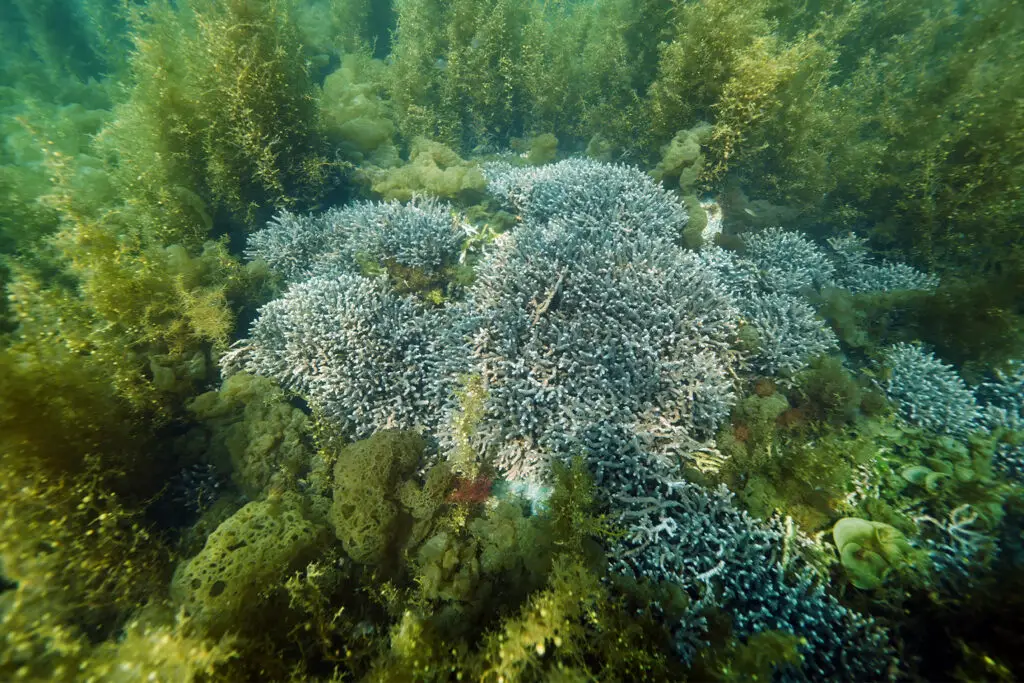
Unlike wheat and other staple crops that falter without bright sun, seaweed can photosynthesize efficiently even in dim, filtered light beneath the ocean surface. Its unique pigments allow it to absorb what little sunlight penetrates the soot-darkened skies after nuclear war. This natural adaptation means seaweed could continue to grow and provide nourishment, while most land crops would fail to survive in such harsh, low-light environments.
2. Rapid Scalability of Seaweed Farming
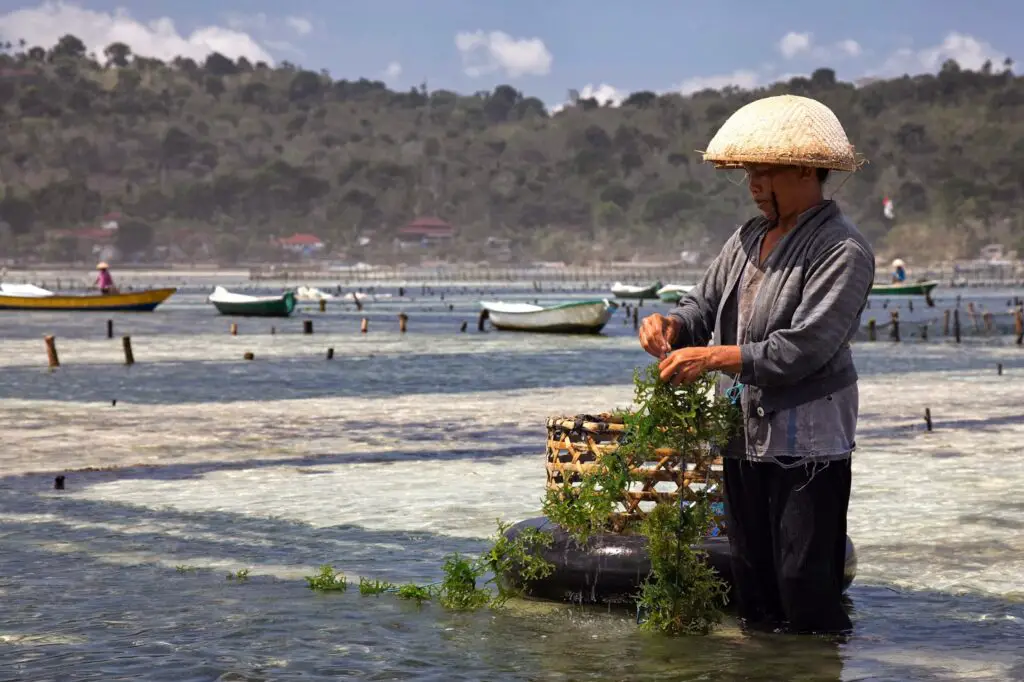
According to a 2024 study, seaweed farms can be established and expanded in less than a year—even after abrupt sunlight reduction events.
Seaweed’s fast growth rate and minimal infrastructure requirements allow for swift deployment at scale.
This rapid scalability means that, in a crisis, seaweed could be quickly cultivated to meet essential food needs, offering a vital lifeline when time is of the essence.
3. High Nutritional Value of Seaweed

Seaweed is packed with proteins, essential vitamins (A, C, K, B12), and minerals like iodine, iron, and calcium.
Compared to staple crops such as rice or potatoes, seaweed offers a broader spectrum of micronutrients and higher protein content.
This rich nutritional profile helps prevent dangerous deficiencies that often arise during prolonged food shortages, making seaweed a critical component of any emergency diet after a nuclear event.
4. Minimal Land Requirements
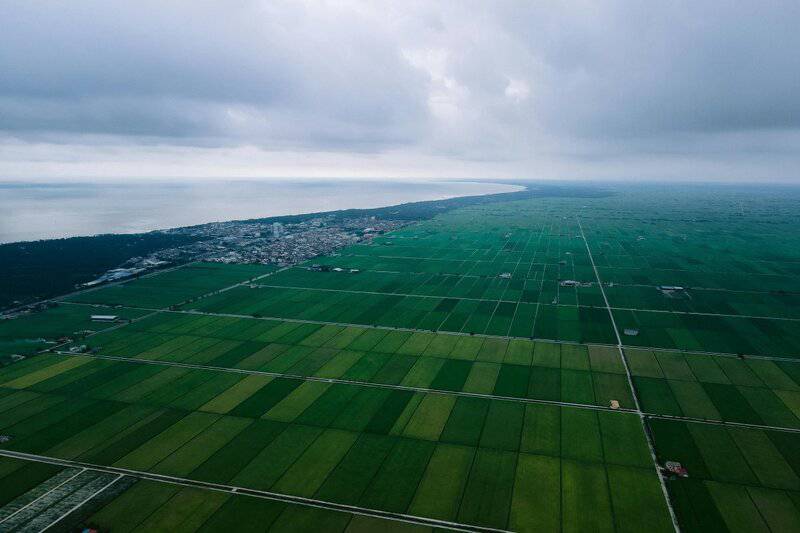
Seaweed farming makes use of vast, untapped ocean spaces, freeing up critical terrestrial land for environmental recovery or other urgent needs.
Unlike conventional agriculture, which demands large swaths of fertile soil, seaweed cultivation requires only simple offshore structures.
This ocean-based approach avoids competition for land and leaves more resources available for rebuilding devastated ecosystems, while still producing substantial food supplies for affected populations.
5. Fast Growth Rates

Some seaweed species, such as kelp, can double their biomass in as little as three days.
This astonishing growth rate vastly outpaces land crops like corn or soybeans, which require months to reach maturity.
In the aftermath of nuclear war, when time is of the essence, the ability to produce harvestable food rapidly makes seaweed an invaluable resource for emergency sustenance and resilience.
6. Low Input Requirements
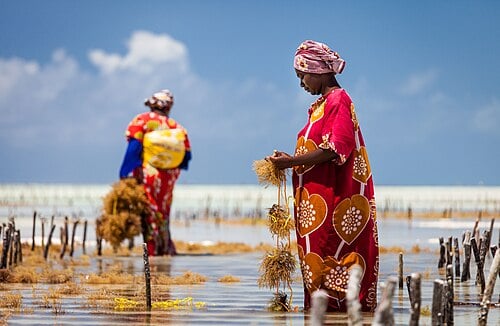
Seaweed thrives without the need for fresh water, synthetic fertilizers, or pesticides.
This makes it uniquely suited for post-nuclear scenarios, where resources are scarce and supply chains broken.
By drawing nutrients directly from seawater, seaweed farming sidesteps many of the logistical hurdles faced by traditional agriculture, allowing communities to produce food sustainably even when infrastructure is damaged or freshwater is urgently needed elsewhere.
7. Carbon Sequestration Potential
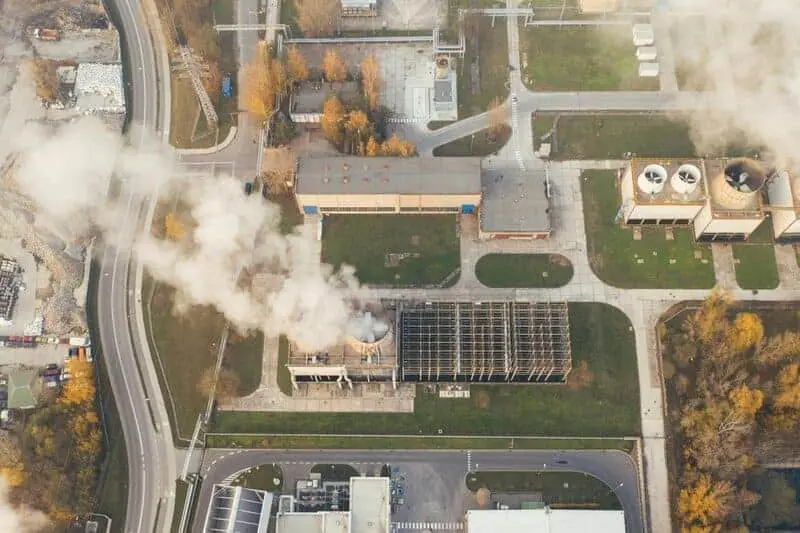
Seaweed is a powerful carbon sink, absorbing significant amounts of CO2 from the atmosphere as it grows.
Unlike most terrestrial crops, which have limited capacity for long-term carbon storage, seaweed can help mitigate lingering climate effects after a nuclear event.
By cultivating seaweed at scale, humanity could not only feed itself but also contribute to atmospheric recovery, offering a dual benefit in the struggle to restore a stable environment.
8. Economic Opportunities for Coastal Communities

Seaweed farming can create jobs and new sources of income for coastal populations, even when traditional economies are shattered by disaster.
Much like the post-disaster rebuilding of fisheries, establishing seaweed operations empowers communities to rebound by tapping local resources.
This industry offers a pathway to economic recovery, fostering resilience and self-sufficiency for those living along the world’s shorelines during times of extreme hardship.
9. Versatility in Food Applications
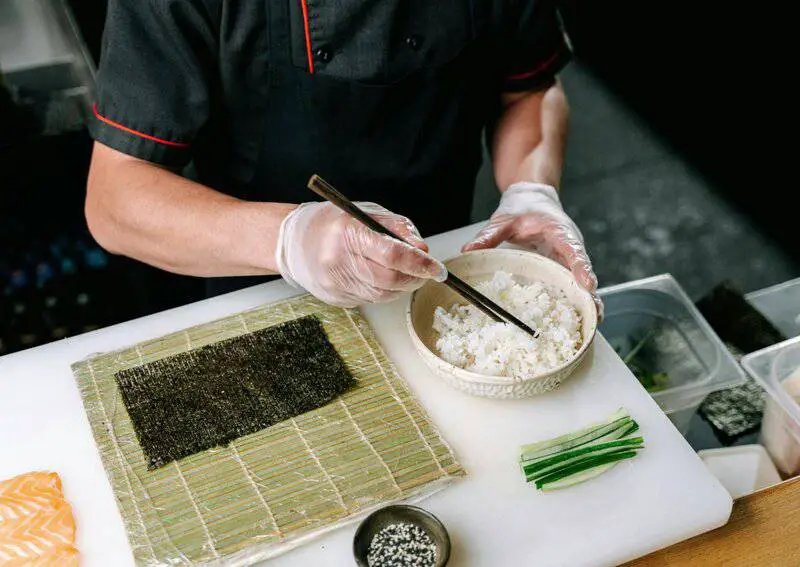
Seaweed’s culinary potential is immense—it can be enjoyed as snacks, soups, salads, and even protein-rich main courses.
Innovative processing methods transform it into flours for baking, nutritious gels, or even animal feed.
This versatility ensures seaweed can meet diverse dietary needs and preferences, making it a flexible solution for feeding populations with limited resources and varied cultural tastes after a disaster.
10. Support for Marine Ecosystems

Seaweed farms provide shelter and breeding grounds for fish, shellfish, and countless marine species, helping to restore damaged ocean ecosystems.
Unlike monoculture land farming, which often depletes biodiversity and degrades soil, seaweed cultivation can enhance local marine environments.
By supporting healthy underwater habitats, seaweed farming not only feeds people but also contributes to the long-term resilience of the planet’s oceans.
11. Potential for Bioremediation

Some seaweed species possess the remarkable ability to absorb toxins and heavy metals from their environment, aiding in the cleanup of polluted waters after conflict.
Real-world bioremediation projects, such as those in Asia’s coastal regions, have demonstrated seaweed’s effectiveness in restoring water quality.
This unique trait allows seaweed farming to play a dual role in both providing food and healing damaged marine ecosystems after war.
12. Existing Infrastructure and Knowledge
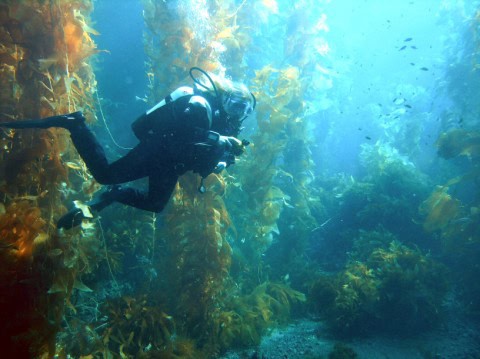
Nations such as China and Indonesia already operate extensive seaweed farming industries, offering a valuable foundation for rapid global expansion in times of crisis.
This existing expertise and infrastructure stand in contrast to emerging food technologies, which may require years of research and development.
Leveraging established seaweed practices could enable a swift, coordinated response to global food shortages following a nuclear disaster.
13. Low Energy Footprint
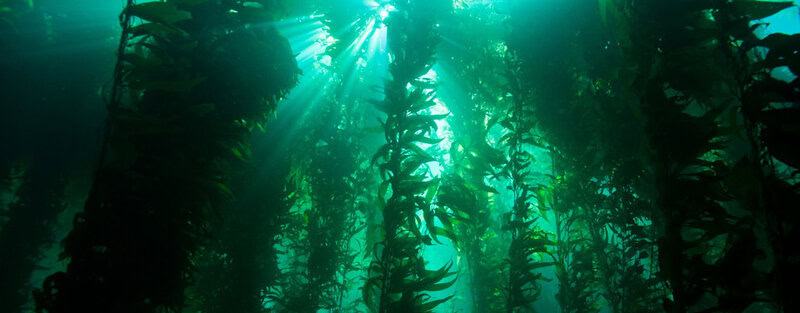
Seaweed farming demands minimal energy inputs compared to energy-intensive methods like greenhouse agriculture.
Most of the growth process relies on natural ocean currents and sunlight, even in reduced light conditions.
This low energy requirement is especially crucial during fossil fuel shortages or disrupted energy grids, making seaweed a practical and sustainable option for mass food production when resources are severely limited.
14. Resistance to Pests and Diseases
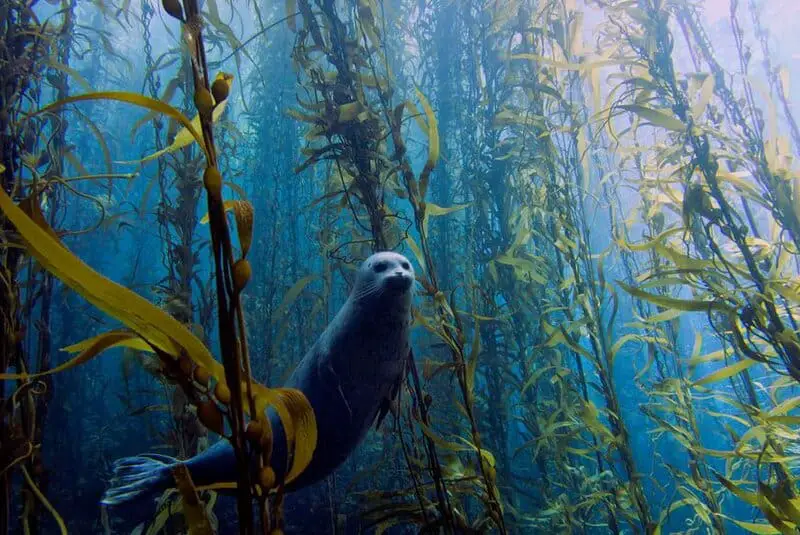
Seaweed is naturally less vulnerable to pests and diseases compared to most land crops, which often face devastating infestations.
Case studies from Asia’s established seaweed industries show relatively stable yields, even as terrestrial farms battle blights and insects.
This resilience dramatically reduces the risk of sudden crop failure, ensuring a more consistent food supply when stability is most desperately needed.
15. Diverse Edible Species
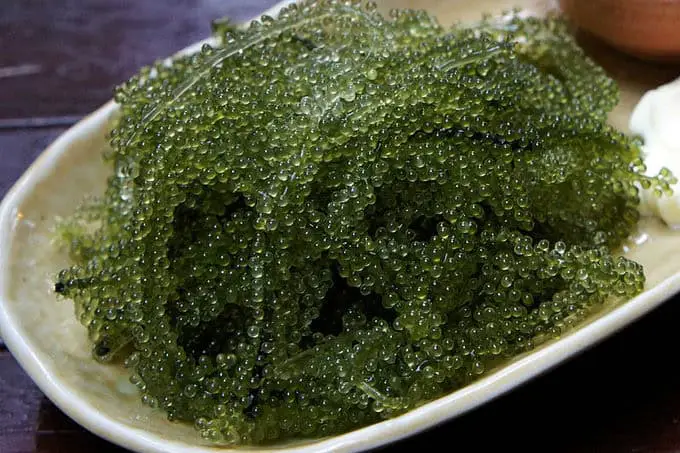
The world’s oceans offer a wide array of edible seaweed species, including kelp, nori, dulse, and wakame—each with distinctive flavors and nutritional benefits.
This diversity far surpasses that of staple grains like wheat or rice, providing variety in both taste and nutrients.
Such abundance enables more balanced diets and helps prevent monotony, making seaweed an attractive and adaptable food source in challenging times.
16. Quick Adaptation to Local Conditions

Seaweed farming benefits from the ability to quickly identify and cultivate native species that are already suited to local waters.
This rapid adaptation stands in sharp contrast to the years required to develop and test new land crop varieties.
By leveraging indigenous seaweeds, communities can efficiently launch farming operations, ensuring resilience and food security tailored to their own environmental conditions.
17. Integration with Aquaculture Systems
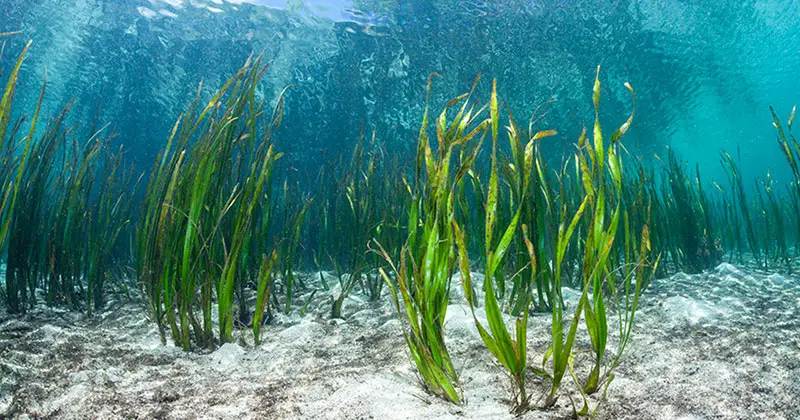
Seaweed farming can be seamlessly integrated with fish and shellfish aquaculture, forming efficient polyculture systems.
Seaweed naturally absorbs nutrients and purifies water, benefiting both itself and its aquatic neighbors.
This synergy not only boosts total food output but also promotes environmental sustainability, offering a holistic solution for producing a variety of protein-rich foods in the aftermath of disaster.
18. Safe from Terrestrial Fallout
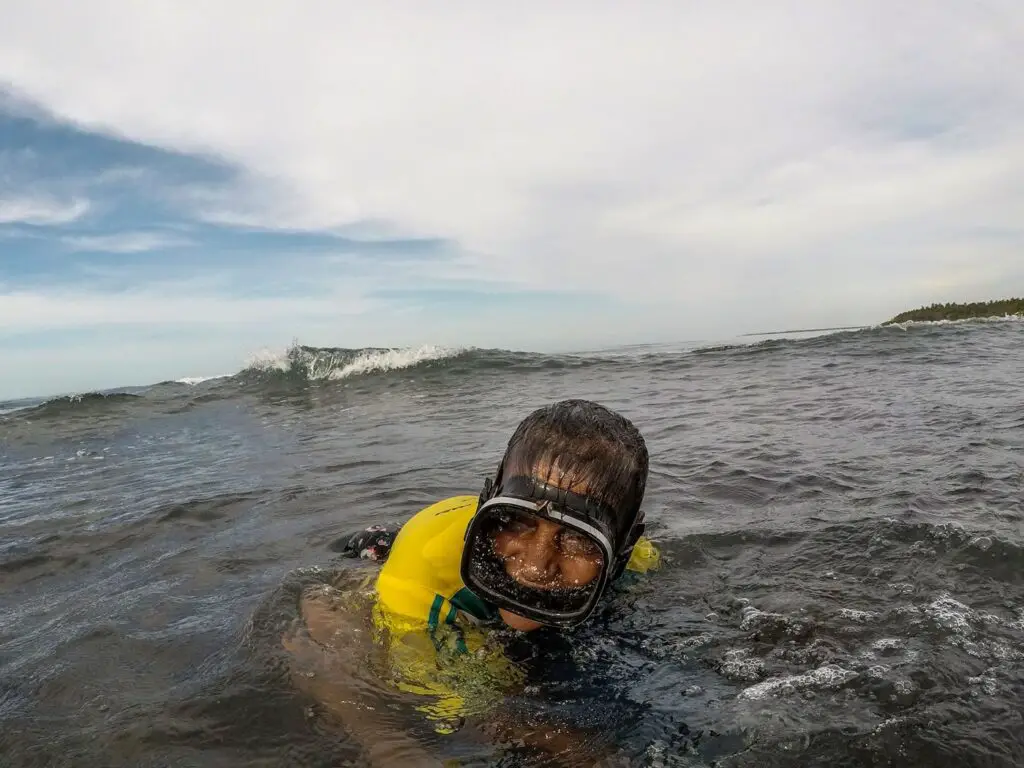
Seaweed farms located offshore are generally less vulnerable to radioactive fallout than land-based agriculture.
Studies on fallout dispersion reveal that oceans dilute and disperse contaminants more effectively, reducing the risk of dangerous concentrations.
While ongoing monitoring is essential, the relative safety of marine environments makes seaweed a more reliable food source when terrestrial crops are threatened by post-war radiation.
19. Cultural Acceptance and Culinary Tradition
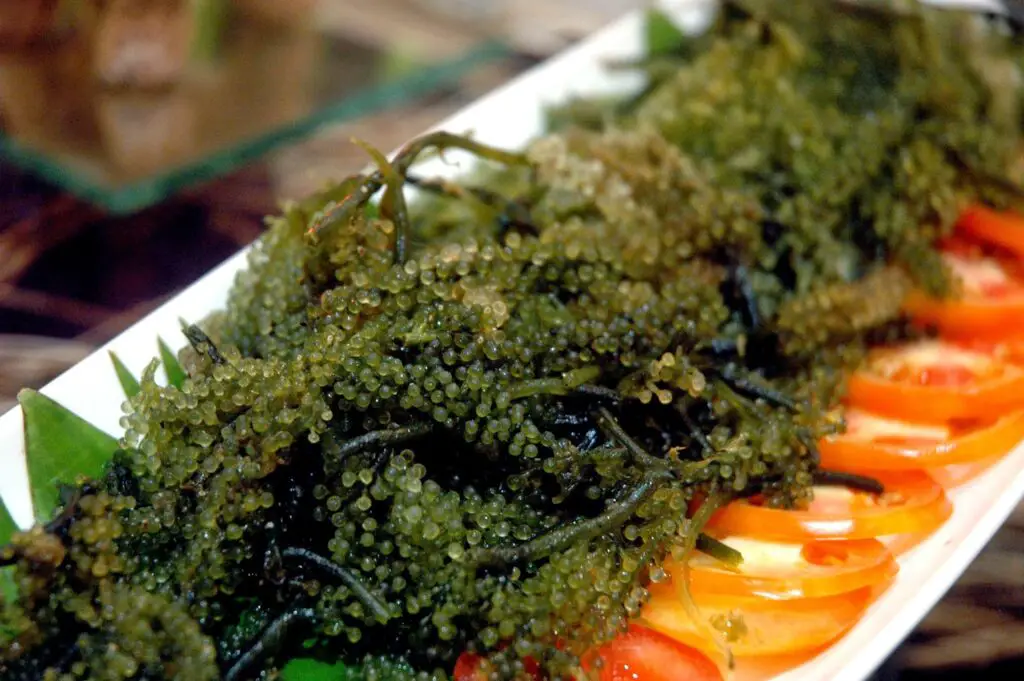
Seaweed has been a dietary staple in many cultures—including Japanese, Korean, and Nordic cuisines—for centuries.
This deep-rooted culinary tradition means that integrating seaweed into emergency diets is far easier than introducing unfamiliar foods like insect protein.
Widespread cultural acceptance supports smoother transitions and greater nutritional compliance, making seaweed a practical solution for large-scale humanitarian food programs.
20. Shelf-Stable and Preservable
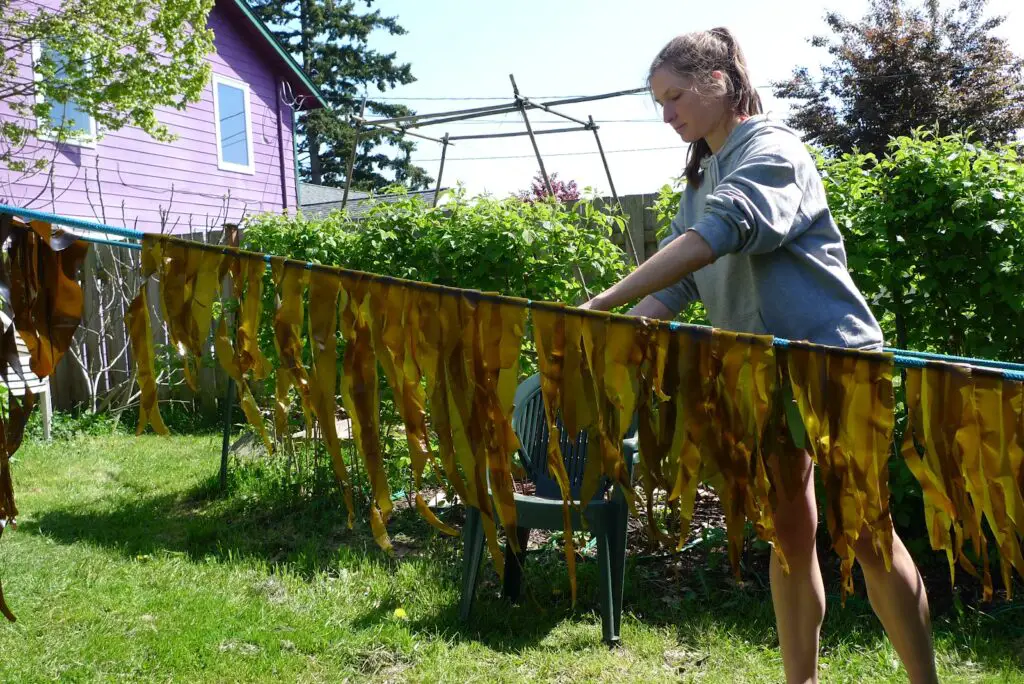
Seaweed can be dried, powdered, or processed into shelf-stable forms, allowing it to be stored safely for months or even years.
Unlike most vegetables, which spoil quickly without refrigeration, preserved seaweed remains nutritious and edible over long periods.
This longevity is crucial for ensuring food supplies during extended crises, making seaweed an excellent choice for building emergency reserves.
21. Potential for Biofuel Production
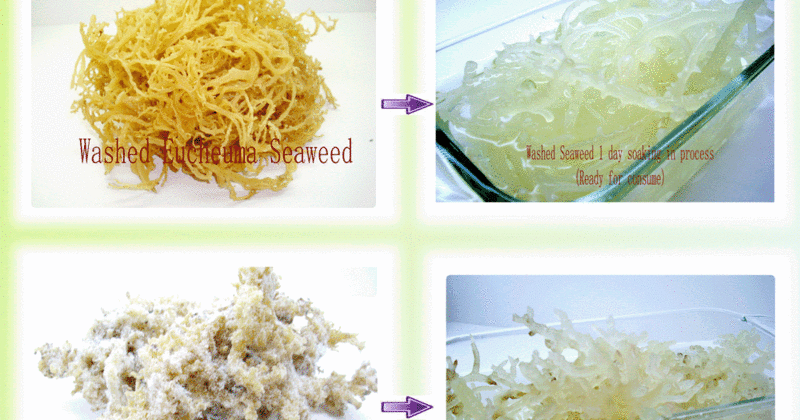
Beyond its value as food, seaweed biomass can be converted into biofuels such as biogas and ethanol.
Current pilot projects demonstrate the feasibility of using seaweed for sustainable energy production.
This dual-purpose potential means seaweed farming could help meet critical energy needs during recovery, further enhancing resilience in the aftermath of a nuclear disaster.
22. International Collaboration Opportunities

Seaweed farming presents a unique avenue for global cooperation, as nations can share expertise, technology, and resources to ensure mutual survival during food crises.
Collaborative efforts could accelerate the deployment of large-scale farms and promote knowledge exchange.
Such partnerships foster resilience and solidarity, helping to unite countries in the collective mission to rebuild and sustain humanity after the devastation of nuclear war.
23. Policy and Research Support
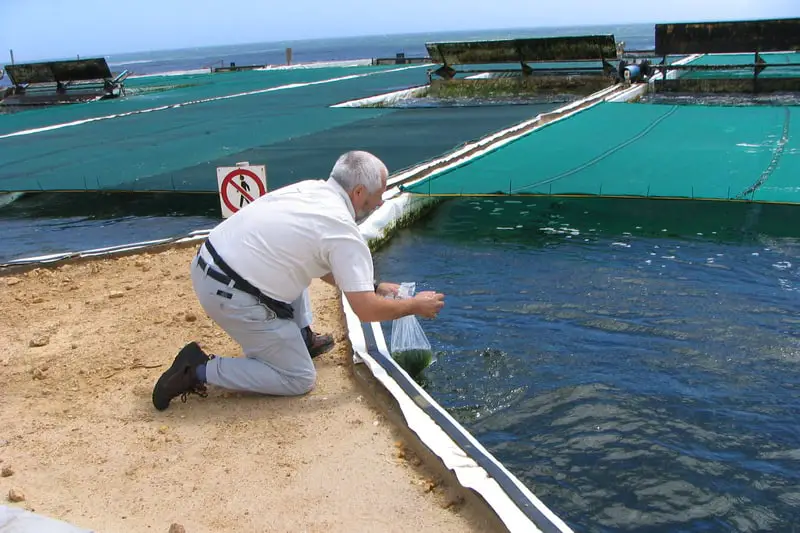
Governments and research institutions are increasingly recognizing seaweed farming as a cornerstone of future food security.
Recent policy initiatives in the EU and Asia are incentivizing investment and innovation in the sector.
Ongoing scientific research is expanding our understanding of seaweed’s potential, laying the groundwork for rapid, coordinated action should a global crisis threaten traditional agriculture.
Conclusion
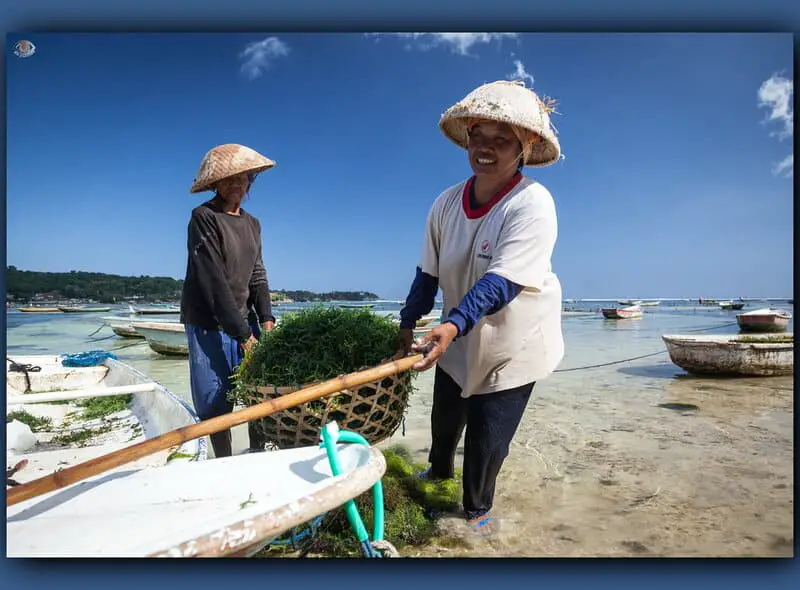
Seaweed farming stands out as a swift, scalable, and sustainable solution for feeding the world after nuclear war or other catastrophic events.
Its resilience in low light, rapid growth, minimal resource needs, and nutritional richness position it as a lifeline for humanity.
With supportive policies and global collaboration, we can harness seaweed’s full potential.
Now is the time to invest in research and infrastructure—so that, even in the darkest times, we do not go hungry.

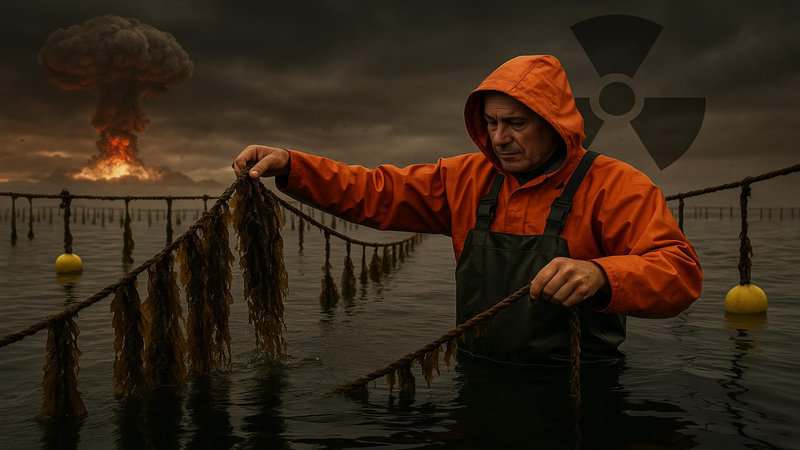

Vielleicht interessiert es Sie:
Wussten Sie! Minensuchratten auf dem Schlachtfeld und sie sind super effektiv!
Wie viele Giraffenarten gibt es? Leben sie alle in Afrika?
Der Vogel ist das Weibchen der Vögel: wahr oder falsch?
Warum bauen Biber Dämme? Welchen Nutzen?
Warum leben manche Tiere nachtaktiv? Welche Vorteile?
Küssen Tiere? Ist das die gleiche Bedeutung wie Menschen?
200+ Hilarious Seahorse Jokes That Will Make You Smile and Giggle
200+ Funny Investment Jokes to Boost Your Financial Humor Game